|
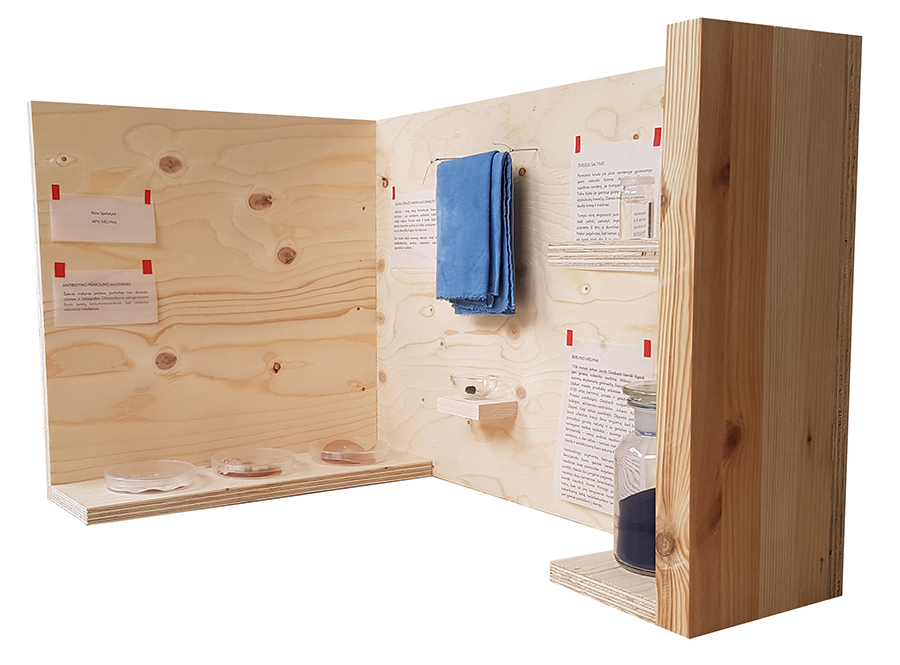 |
|
|
| |
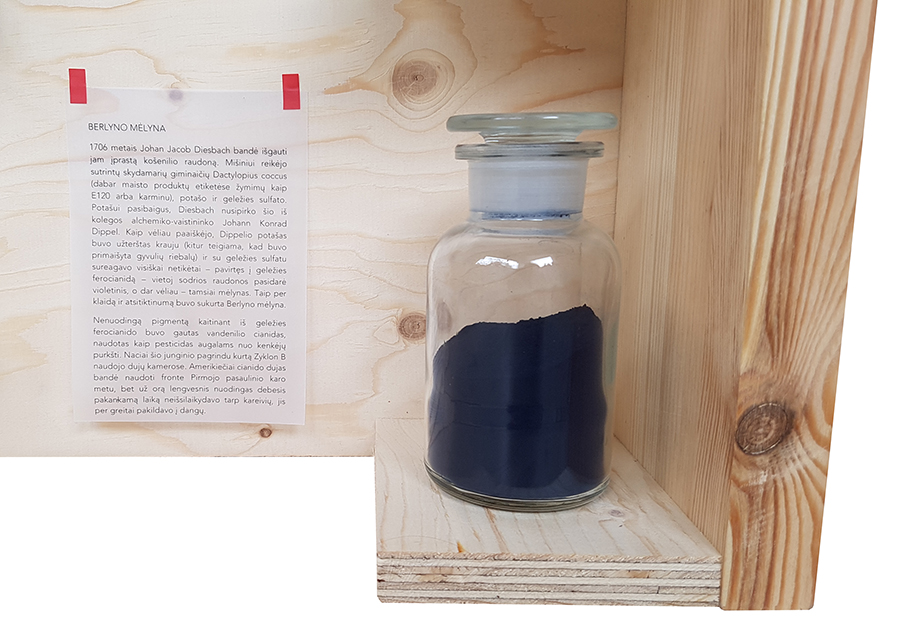
|
|
|
| |
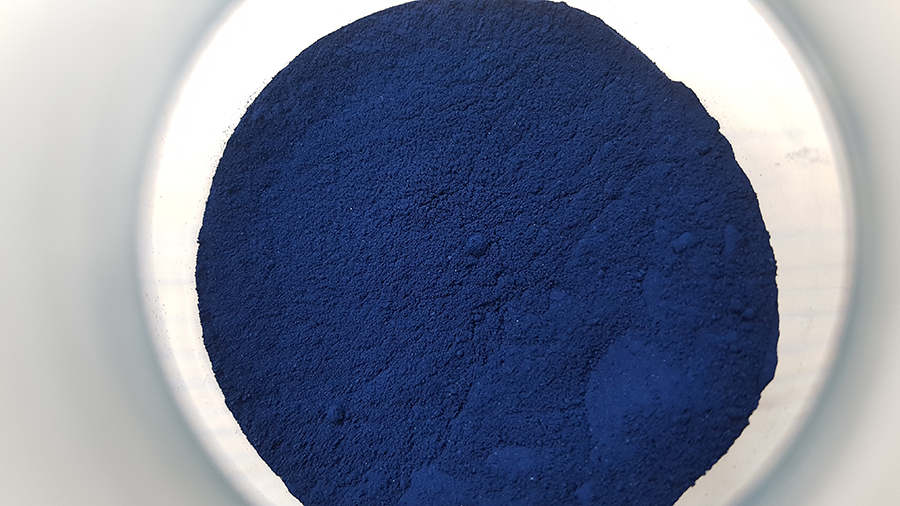
|
|
|
| |
BERLIN BLUE
In the year 1706, Johan Jacob Diesbach tries to make his usual koshinel red. The mixture needed ground Dactylopius coccus bugs (named E120 or carmine and used as food coloring), potash and Ferrum sulfate. He had no potash, so he asked his friend alchemist Johann Konrad Dippel for a small amount. Unfortunately, Dippel's potash had been mixed with blood or animal oil and gave the unplanned reaction in the mixture. Ferrum sulfate turned to Ferrum ferrocyanide and this made the color blue instead of red. The beautiful Berlin blue was created by accident.
When you boil this unpoisonous mixture, Ferrum(III) ferrocyanide turns to hydrogen cyanide. Nazi used it as a component for their Zyklon B poison to gas thousands of people in their concentration camps. Americans used cyanide gas in WW1, but the poisonous gas happened to be lighter than air and didn't stay long enough at the battlefield to be productive. It rose to the sky too quickly.
|
BERLYNO MĖLYNA
1706 metais Johan Jacob Diesbach bandė išgauti jam įprastą košenilio raudoną. Mišiniui reikėjo sutrintų skydamarių giminaičių Dactylopius coccus (dabar maisto produktų etiketėse žymimų kaip E120 arba karminu), potašo ir geležies sulfato. Potašui pasibaigus, Diesbach nusipirko šio iš kolegos alchemiko-vaistininko Johann Konrad Dippel. Kaip vėliau paaiškėjo, Dippelio potašas buvo užterštas krauju (kitur teigiama, kad buvo primaišyta gyvulių riebalų) ir su geležies sulfatu sureagavo visiškai netikėtai – pavirtęs į geležies ferocianidą – vietoj sodrios raudonos pasidarė violetinis, o dar vėliau – tamsiai mėlynas. Taip per klaidą ir atsitiktinumą buvo sukurta Berlyno mėlyna.
Nenuodingą pigmentą kaitinant iš geležies ferocianido buvo gautas vandenilio cianidas, naudotas kaip pesticidas augalams nuo kenkėjų purkšti. Naciai šio junginio pagrindu kurtą Zyklon B naudojo dujų kamerose. Amerikiečiai cianido dujas bandė naudoti fronte Pirmojo pasaulinio karo metu, bet už orą lengvesnis nuodingas debesis pakankamą laiką neišsilaikydavo tarp kareivių, jis per greitai pakildavo į dangų.
|
|
|
|
| |
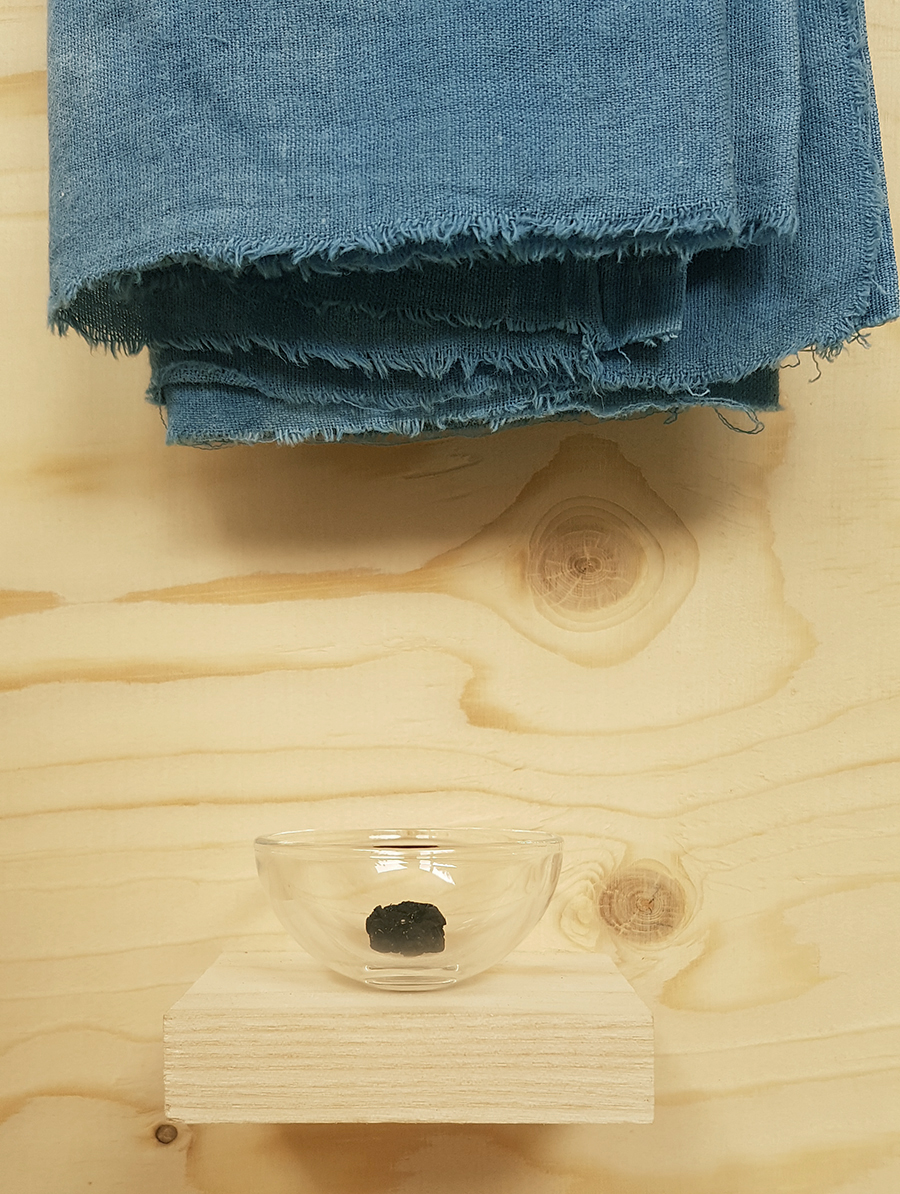 |
|
|
| |
WHAT CAN BE KILLED BY A SAMURAI CLOTHES?
Sukumo – Persicaria tinctoria leaves dried and then fermented for one hundred days. It is used to dye fabrics indigo blue. The whole poetry is in the moment of taking the fabric out of warm dyeing liquid. The fabric is green and when it touches air it oxidates and turns to blue in seconds.
Clothes of samurai were dyed with indigo and it is said that they stay antibacterial, fire-resistant and even protects from snakes and insects.
|
KĄ GALI UŽMUŠTI SAMURAJAUS DRABUŽIS?
Sukumo – šimtą dienų fermentuota Persicaria tinctoria – yra naudojama audiniams nudažyti indigo mėlyna. Proceso metu iš karšto dažymo skysčio ištrauktas audinys yra žalias, sureagavęs su oru jis sekundžių bėgyje ima mėlynuoti.
Šiuo būdu dažyti samurajų drabužiai vilkėti dėl priešbakterinių savybių, atsparumo ugniai, gyvatėms ir uodams.
|
|
|
|
| |
 |
|
|
| |
LIGHT SOURCE
Pyrocystis lunula is marine algae. They emit a flash of blue light when the water is disturbed. The flash is meant to attract a predator to the creature disturbing or trying to consume the algae. They use sunlight as their main source of energy (photosynthesis).
I had an idea of showing them in a dark box, available for the viewer to disturb the water and witness the blue light flash. But then I thought, that sometimes it is not that bad to have something quite miraculous looking like an ordinary transparent water flask.
|
ŠVIESOS ŠALTINIS
Pyrocystis lunula yra jūros vandenyje gyvenantys jauno mėnulio formos dumbliai. Tamsoje, sujudinus vandenį, jie trumpam blyksteli mėlynai. Tokiu būdu jie gamtoje įpratę gintis nuo juos ėsti atplaukusių krevečių. Dienos metu, jie fotosintetina saulės šviesą ir maitinasi.
Turėjau mintį eksponuoti juos tamsioje dėžėje ir leisti judinti, pamatyti švytėjimą. Nors akis pripranta iš lėto, o dumbliai greitai pavargsta. Paskui pagalvojau, kad kartais gal ne taip ir blogai yra turėti prieš akis šį tą gana stebuklingo, bet atrodančio kaip niekuo neypatingo skaidraus skysčio pripildytus indelius.
|
|
|
|
| |
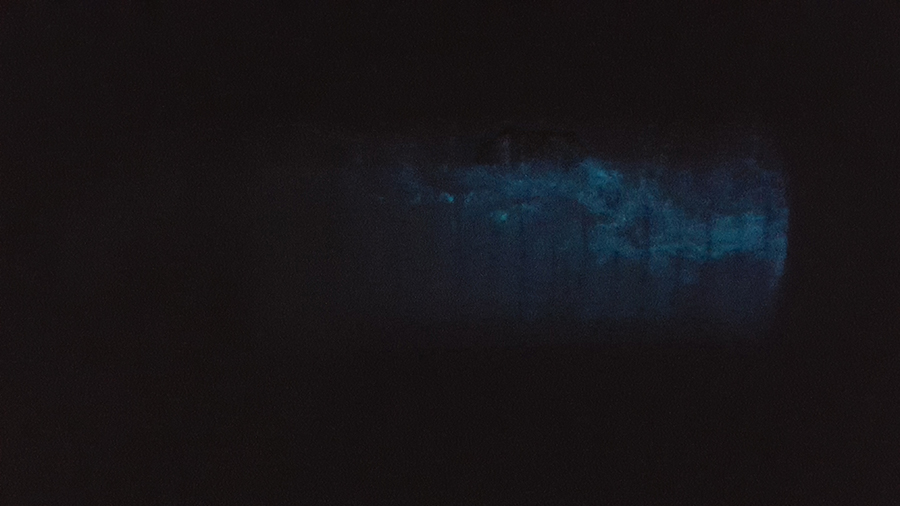 |
|
|
| |
|
|
|
| |
 |
|
|
| |
 |
|
|
| |
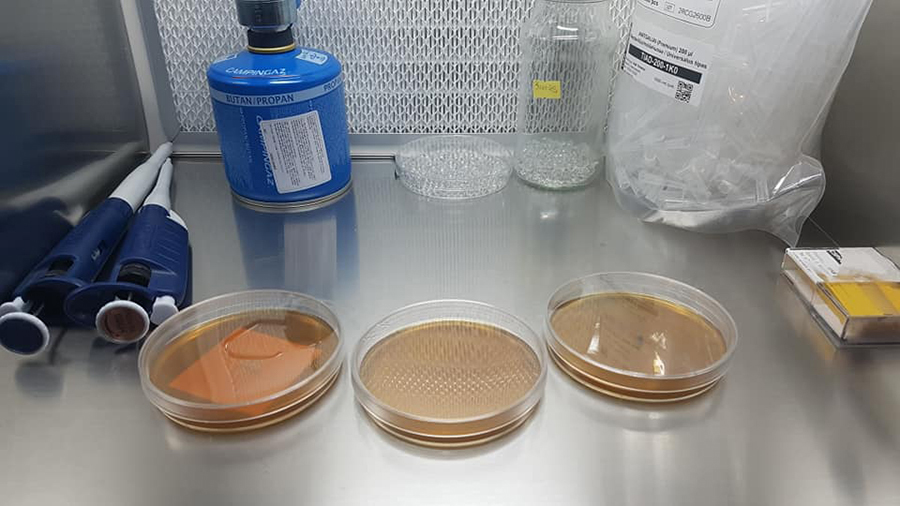 |
|
|
| |
GROWING ANTIBIOTICS. PENICILLIUM
Blueish green fungi taken from bread, lemon and piece of wood with Chlorociboria aeruginascens (which should bioluminescent but doesn’t)
|
ANTIBIOTIKO PENICILINO AUGINIMAS
Žalsvai mėlynas pelėsis, perkeltas nuo duonos, citrinos ir žaliagrybio Chlorociboria aeruginascens (kuris turėtų bioluminescentuoti, bet Lietuvoje nešviečia) medienos.
|
|
|
|
| |
|
|
|
| |
|
|
|
| |
|
|
|
| |
|
|
|
| |
|
|
|
| |
|
|
|








